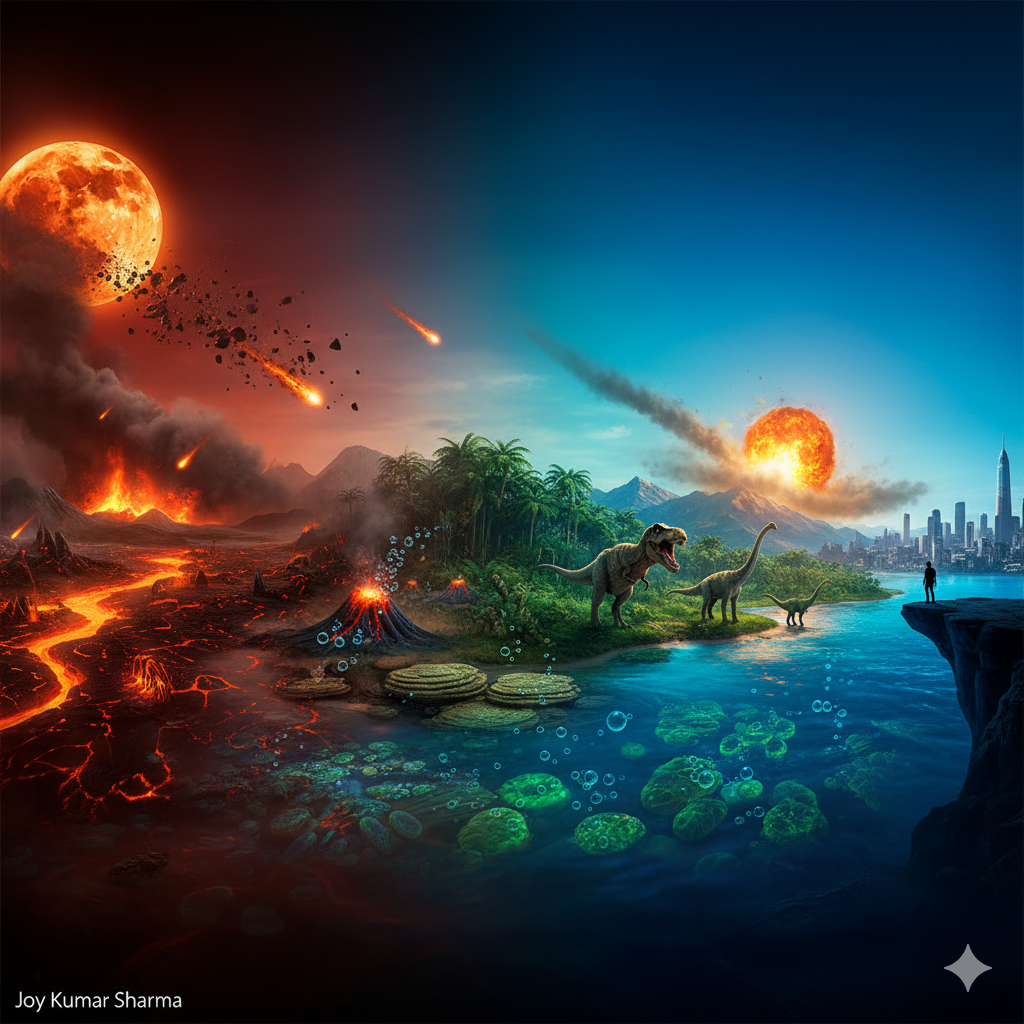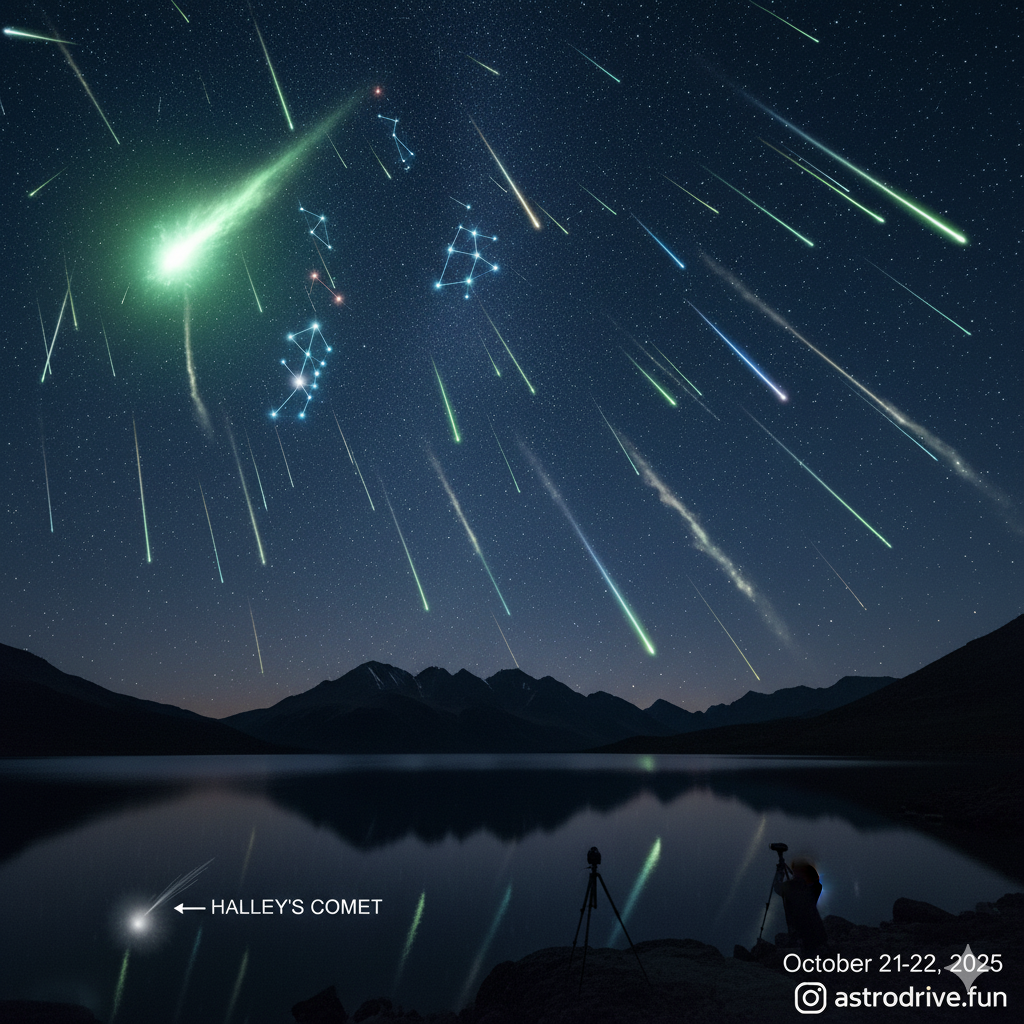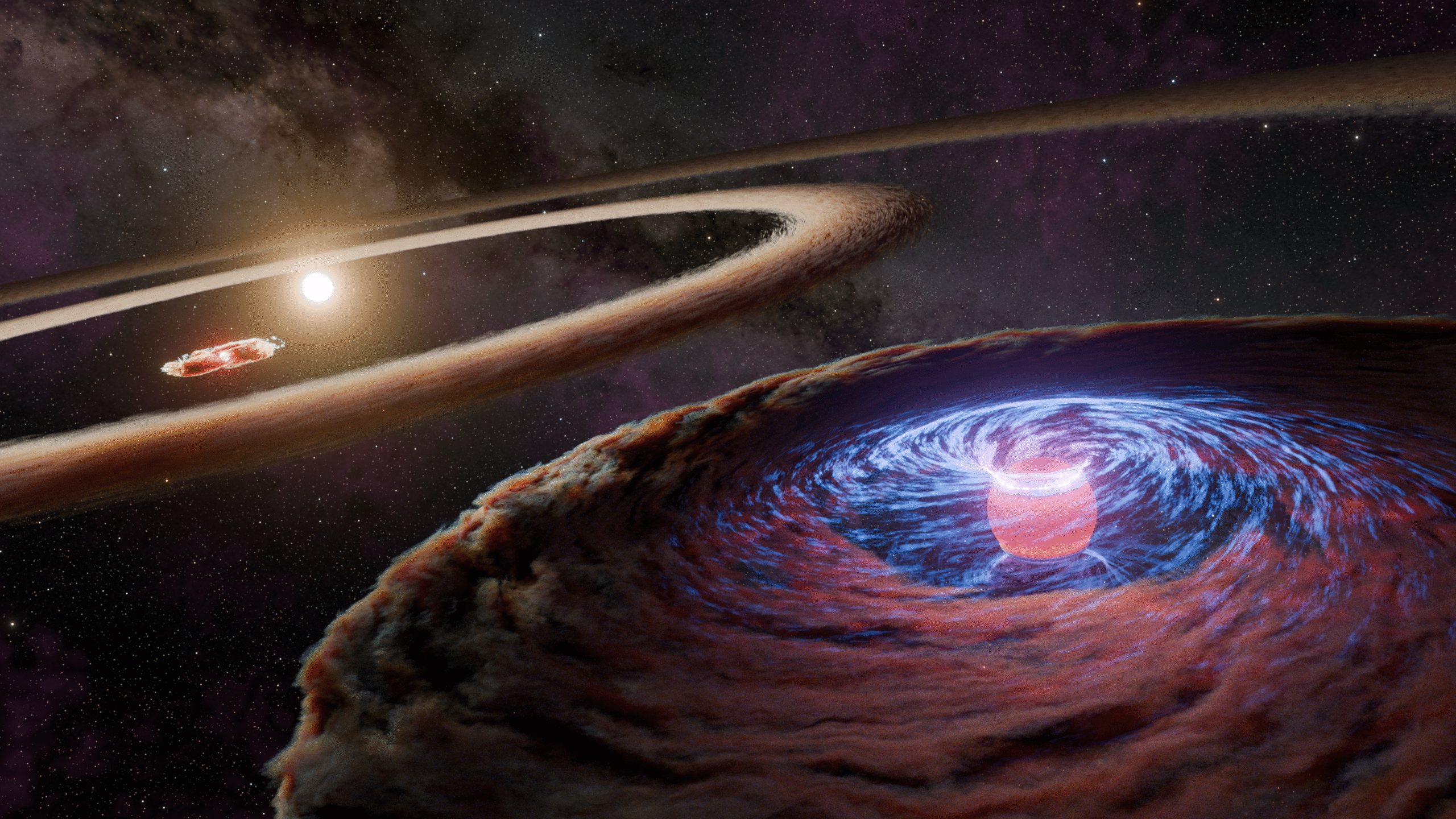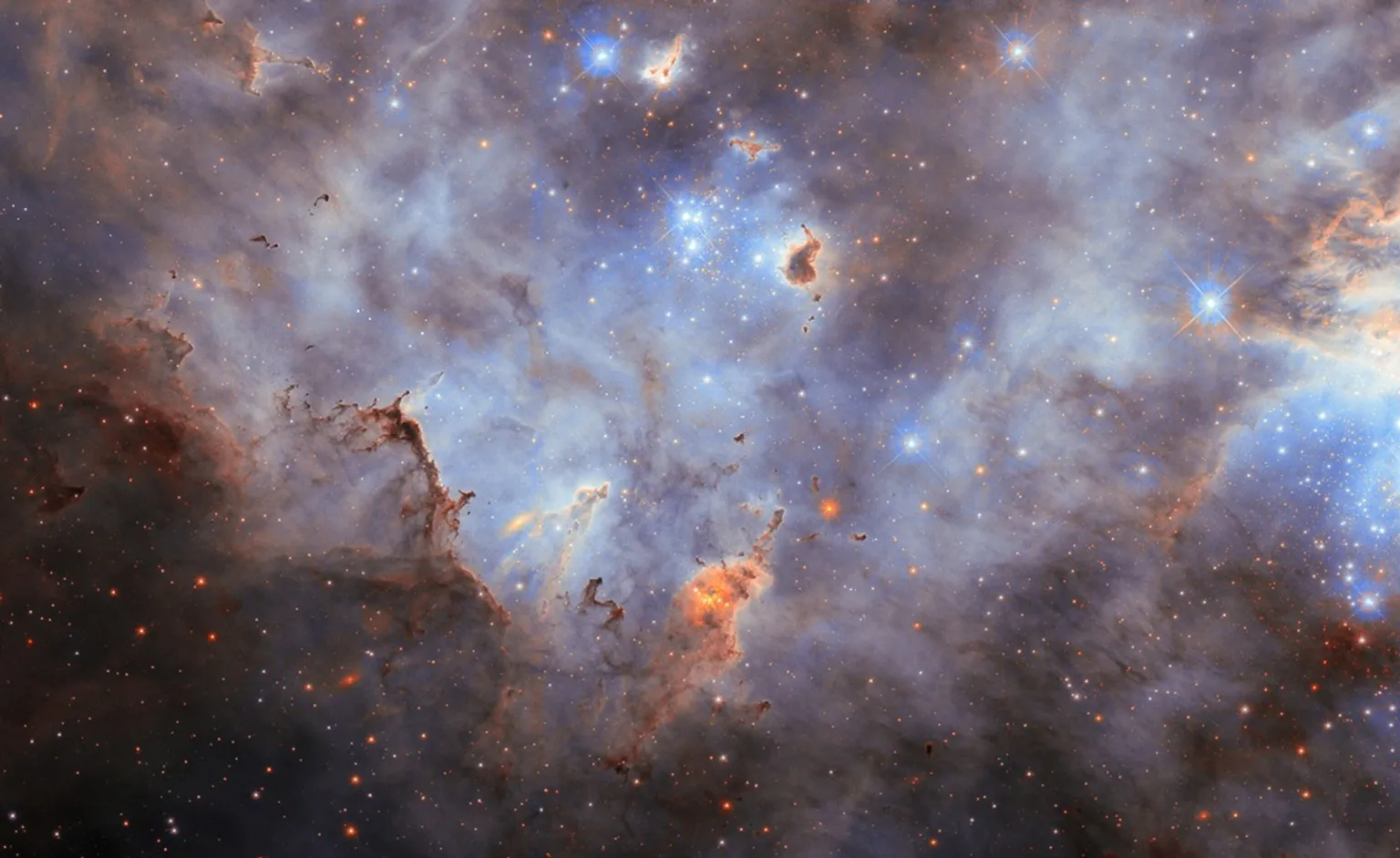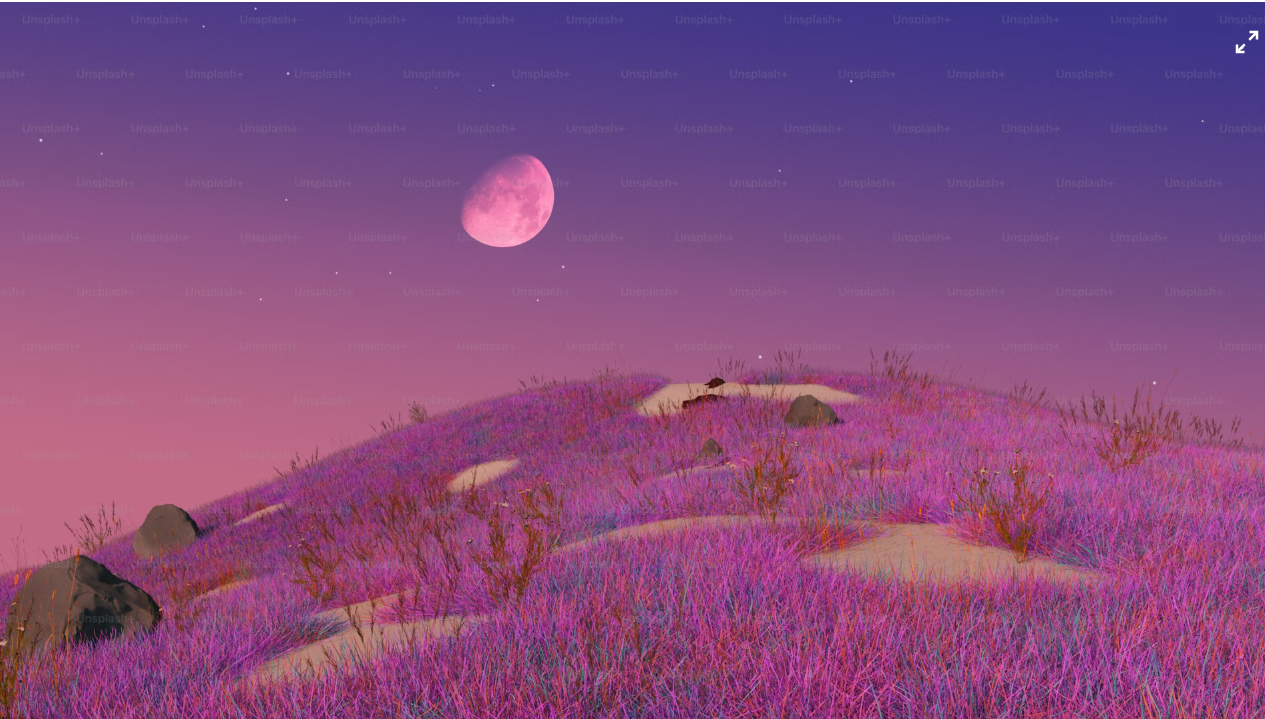Hubble Investigates a Supernova Scene in a Spiral

This tranquil spiral galaxy holds evidence of a violent past. Captured in this 2023 image by the NASA/ESA Hubble Space Telescope, the galaxy IC 758 lies about 60 million light-years away in the constellation Ursa Major.
At first glance, IC 758 appears calm — its soft blue spiral arms gracefully wrap around a faintly glowing barred core. But in 1999, astronomers observed a powerful supernova eruption within this galaxy. The event, designated SN 1999bg, marked the explosive death of a star much more massive than our Sun.
While the exact mass of the star before it exploded remains unknown, astronomers are using Hubble’s data to study the surrounding stellar population. These measurements will help estimate the original star’s mass. Hubble’s observations may also indicate whether the supernova’s progenitor had a companion star, offering deeper insight into the system’s evolution.
A supernova is more than a stellar death—it’s a cosmic force that reshapes its environment. As a massive star collapses, its outer layers blast outward, disturbing the surrounding gas and dust. This upheaval can either hinder star formation by dispersing gas clouds, or ignite new stars by compressing them. The expelled material also enriches the interstellar medium with heavy elements forged in the star’s core, seeding future generations of stars.


